
Stephen Baker
July 28, 2025
If you run a home improvement business, showing up on Google isn’t a nice-to-have — it’s the difference between getting steady leads and wondering where the next job will come from. Whether you’re a contractor, plumber, HVAC pro, or renovation expert, your customers are searching for you online right now. But here’s the thing: most local businesses either don’t show up at all, or they show up and still don’t get calls. Why? Because ranking on Google and turning that traffic into actual revenue are two different games.
We’ve helped dozens of home service companies crack that code — and the results speak for themselves. From six-figure growth in just a few months to clients doubling their booked jobs, we’ve built and tested a system that actually works. Below, you’ll find real case studies and a complete walkthrough of the exact SEO strategies we use to help our clients dominate local search. This isn’t theory — it’s step-by-step guidance you can use to grow your business starting today.
We've done this MANY times. Seriously - just check out some of our case studies below:
How Joe Made an Extra $311k in 6 Months With SEO - YouTube
How Stan Generated $138,000 From SEO (Full Case Study Walkthrough) - YouTube
How Andy Got $200,000 in 90 Days Through SEO And Google Ads - YouTube
How John added $50k in customers working with us - YouTube
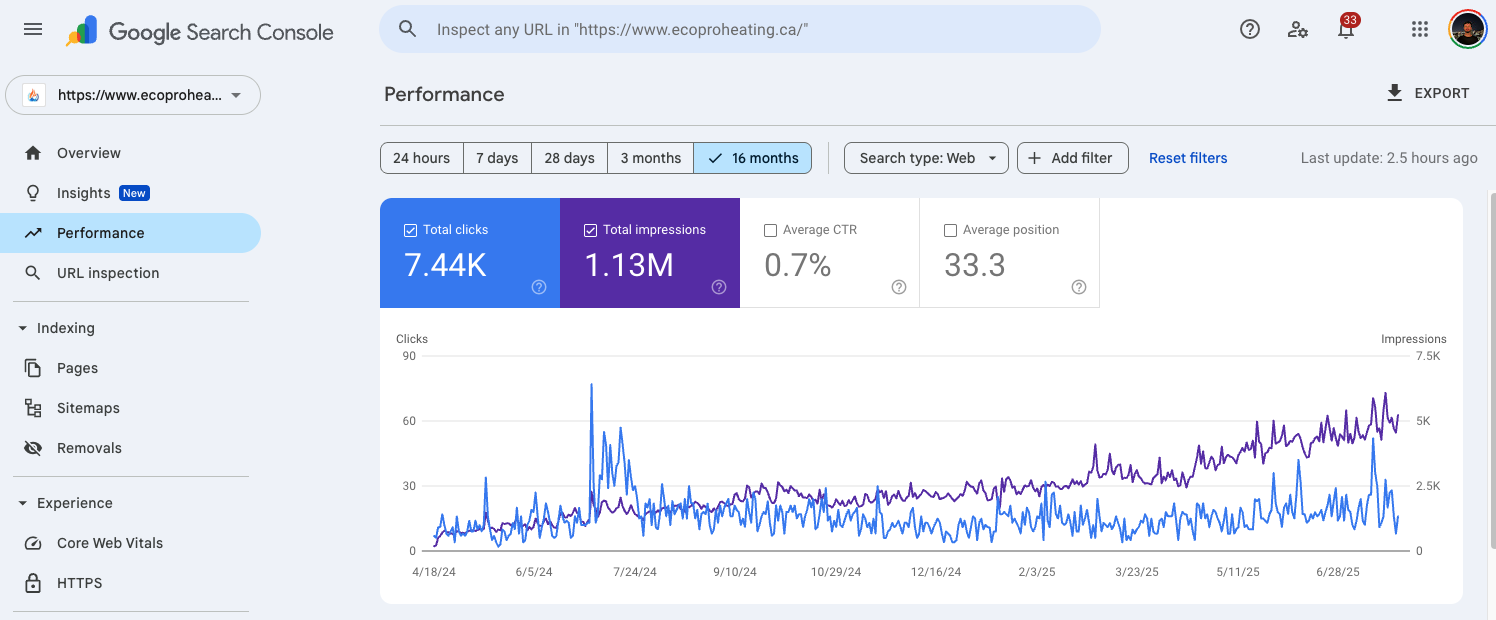
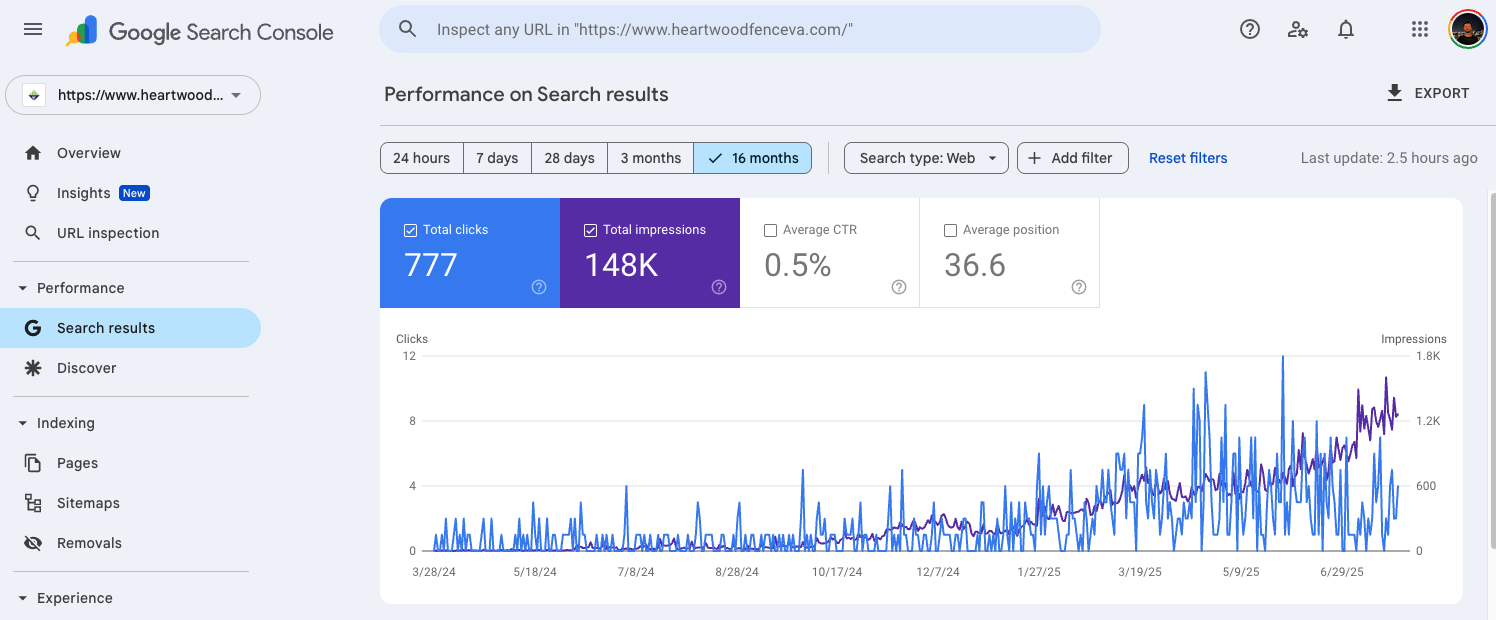
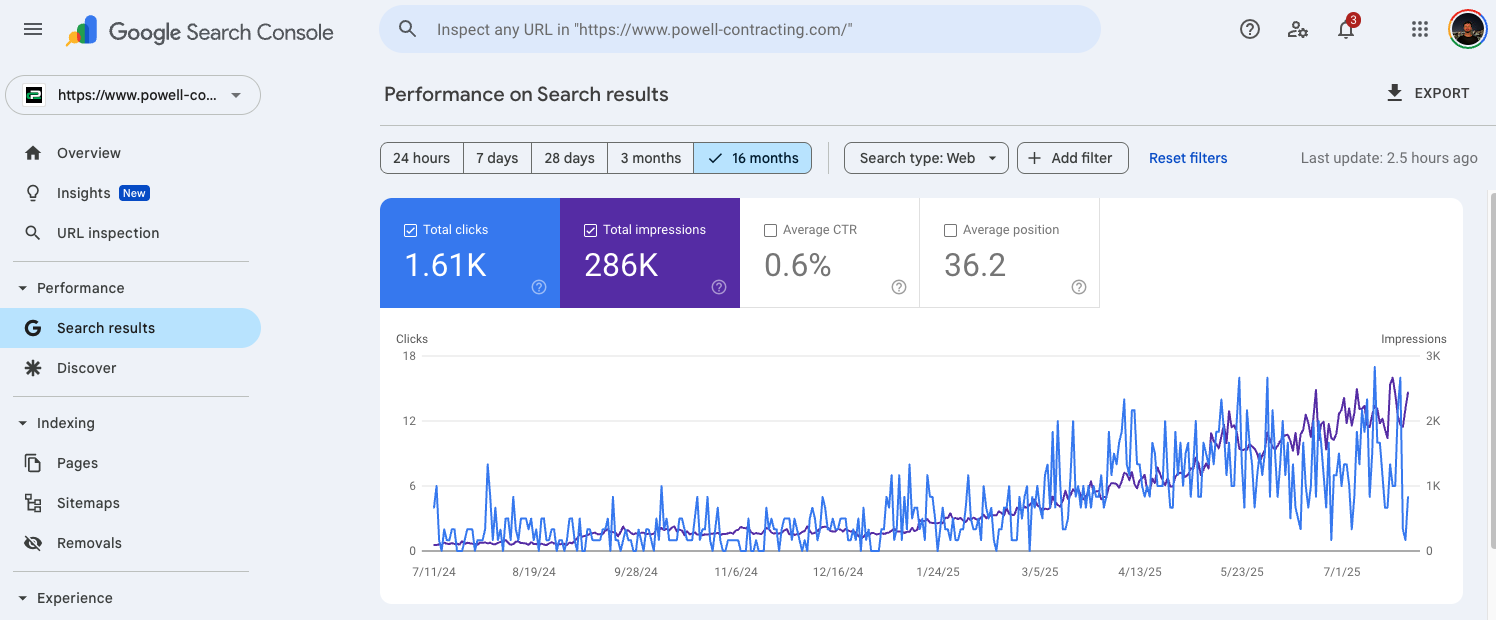
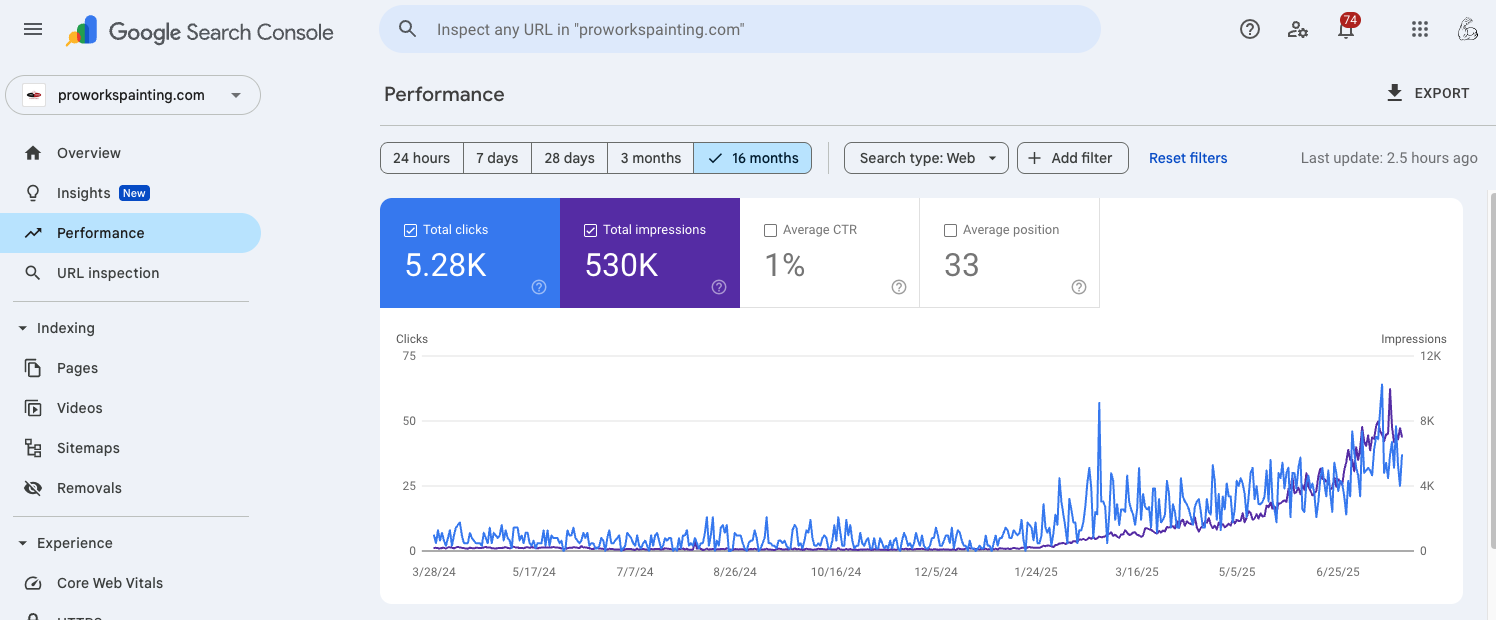
Your website is your digital storefront. It doesn’t just need to look good — it needs to rank, attract the right people, and convert them.
Getting your site on the first page of Google isn’t enough. The structure, layout, and copy on the page need to be built to convert traffic into actual leads.
This guide will walk you through how to do that step by step.

Source: https://www.invoca.com/blog/home-services-marketing-stats
I took the (supposedly) smallest online market for home service businesses - plumbing services - and searched up it's monthly search volume in the US

I took the top 150 keywords for plumbing services and added their monthly search volume up
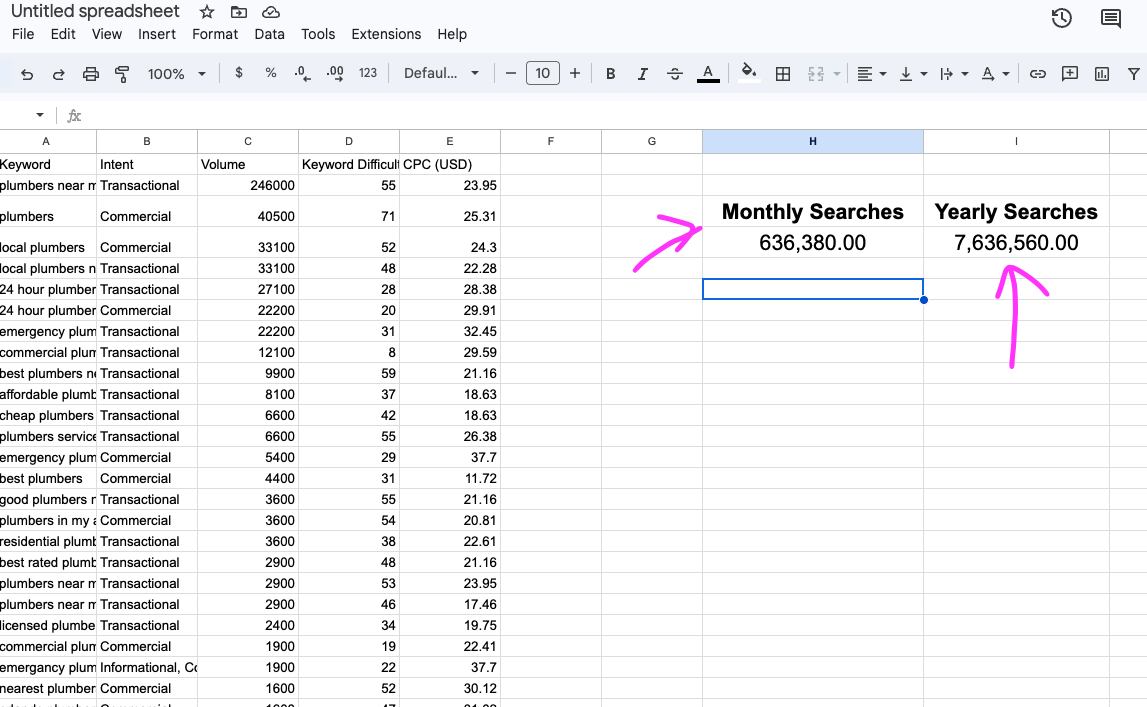
Even with the supposedly smallest niche of online searchers for home services, it still gets well over 7 million searches per yer
Your customers are looking for your services online
Keyword research is not about stuffing your site with every service you offer.
It’s about finding specific terms people in your area are already searching for — with low competition and high buyer intent.
Use a tool like Semrush and search for broad terms first (e.g. “HVAC”).
Then filter by location or long-tail phrases like:
Put together a list of 50 keywords that:
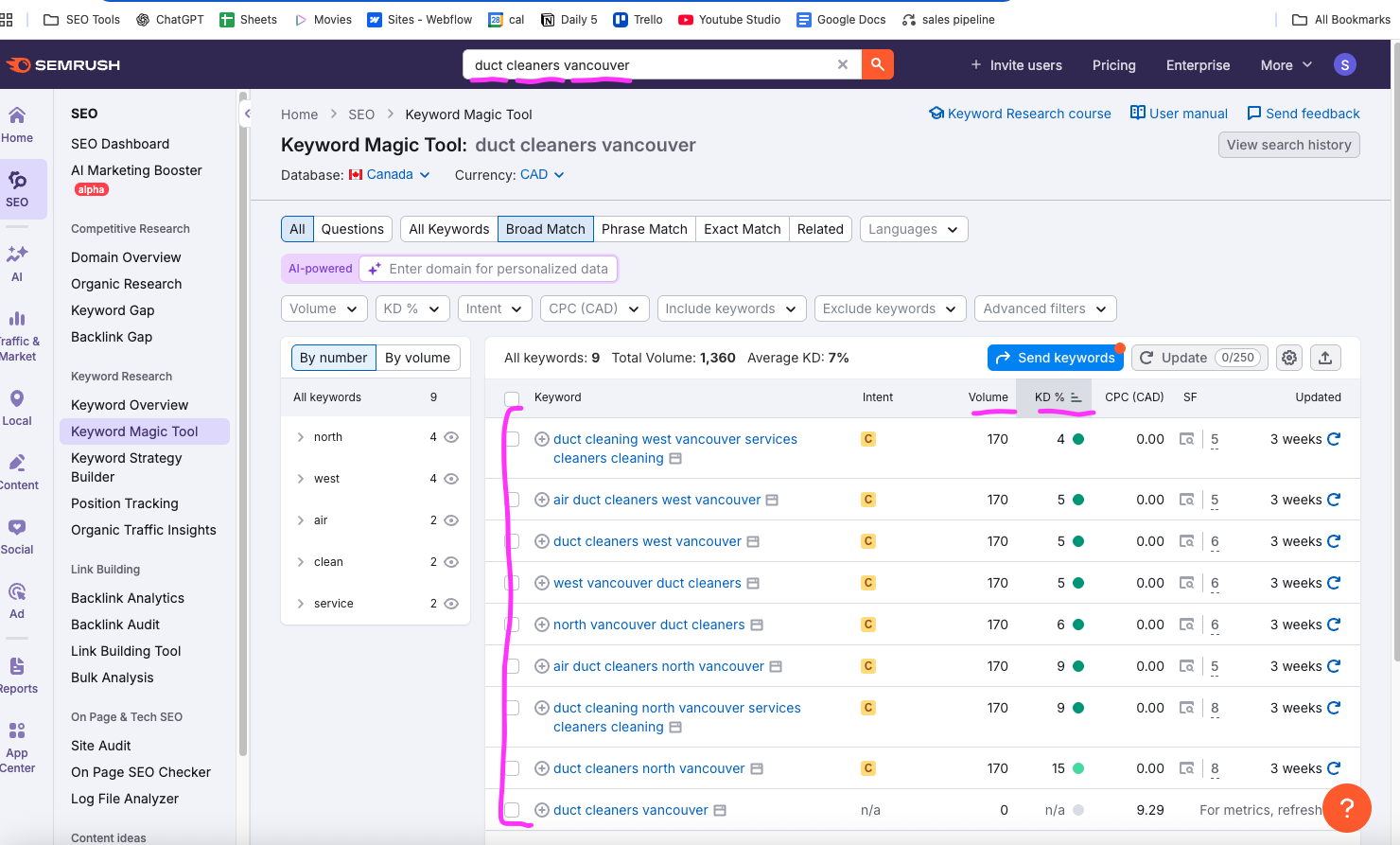
Now that you know what people are searching, build specific pages to match those searches.
Each page should focus on one main keyword.
Some pages will be service landing pages (to attract buyers).
Some will be blogs (to educate and build trust).
Make sure you do both.
For example:
Here is a page hierarchy structure you can follow for your website:
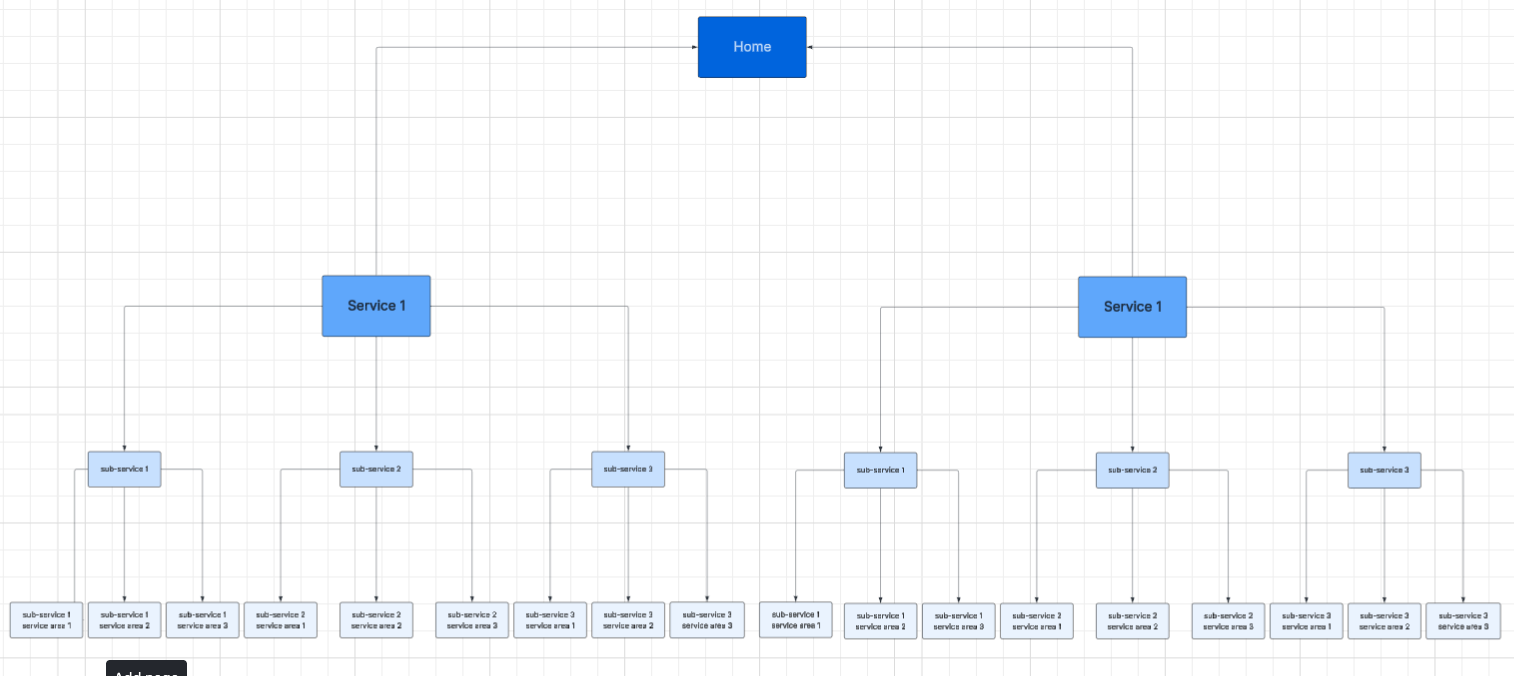

Google needs to understand how your website is organized.
If your structure is messy, your rankings will suffer.
Here’s a clean structure for a service business site:
Example navigation with page structure:
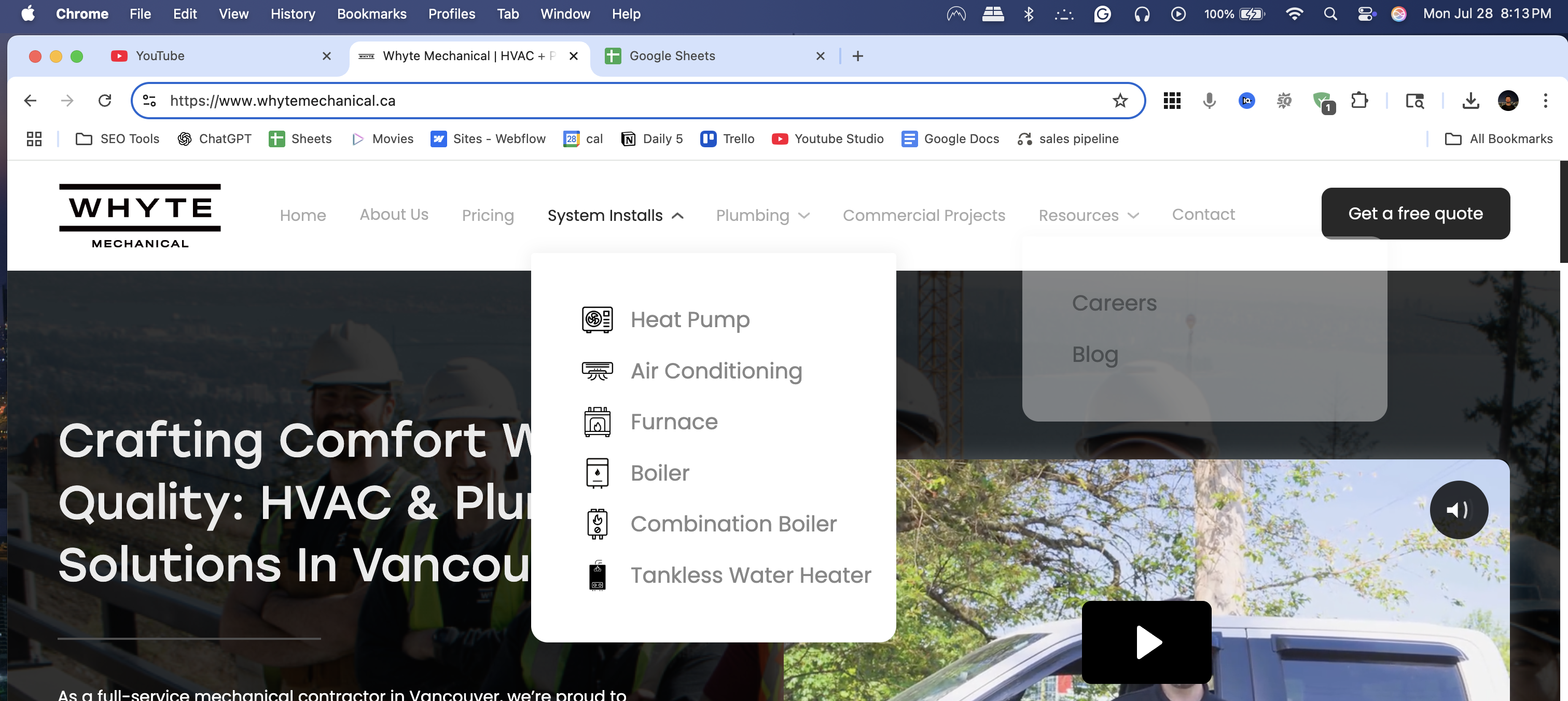
Each service page should be linked from the homepage and have its own unique URL.
Avoid keyword stuffing in URLs. Keep them short and readable.

Each page on your site needs to be optimized around your keyword.
This doesn’t mean cramming the keyword 30 times. It means using it naturally in the right places.
Checklist for every page:
Make sure your meta title is under 60 characters and your meta description is under 160.
A good benchmark to see how much text + keyword mentions you should have on a page is to search up the keyword you're looking for, go to wordcounter.net and then ctrl + f on the keyword.
Example:
When I searched up "plumber near me", I took the highest ranking website page, copied all the text and pasted it into a word counter
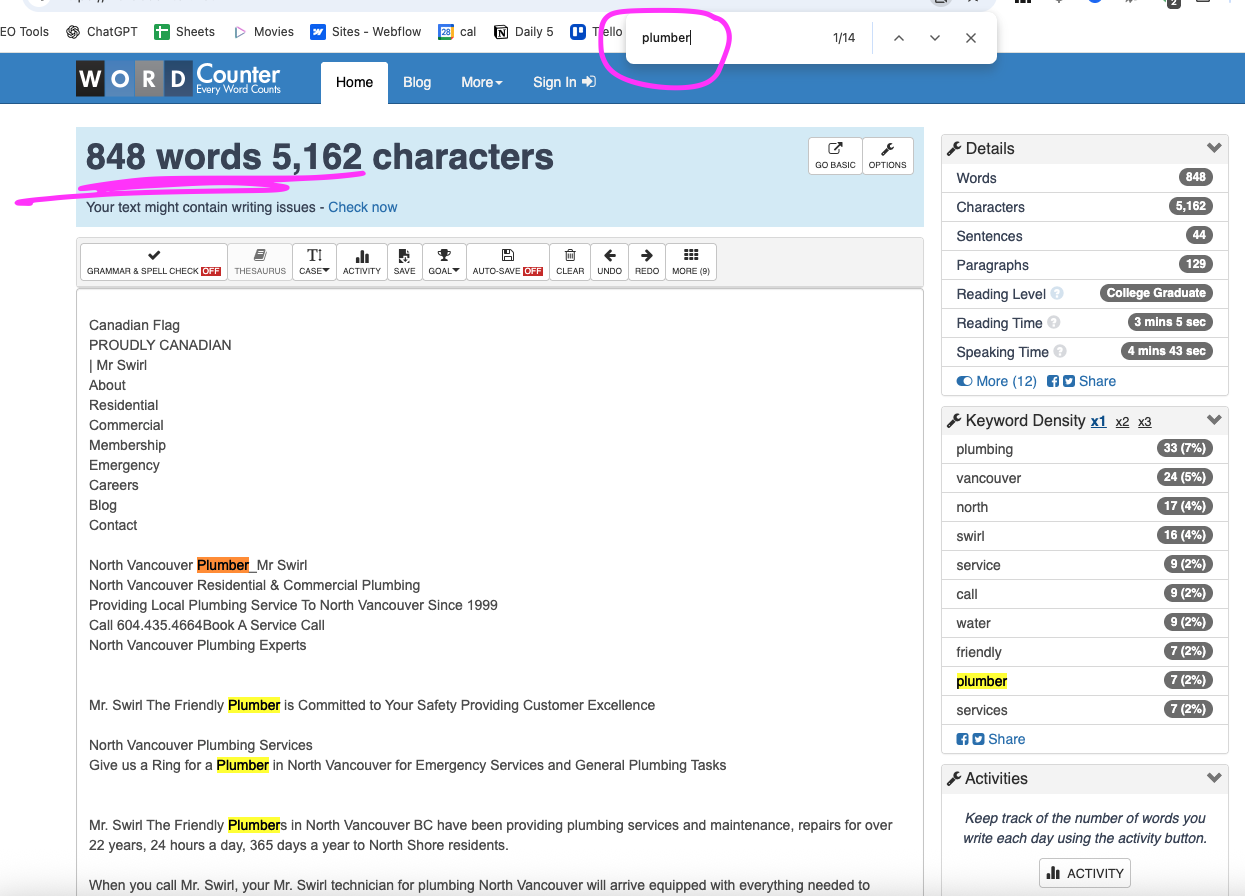
If I was trying to rank for this keyword, I should hit at least 850 words on my page and have over 14 mentions of "plumber"
This is the backend stuff — not flashy, but important.
Here’s a simplified list of what matters most:
Use tools like Google PageSpeed Insights and Search Console to check these
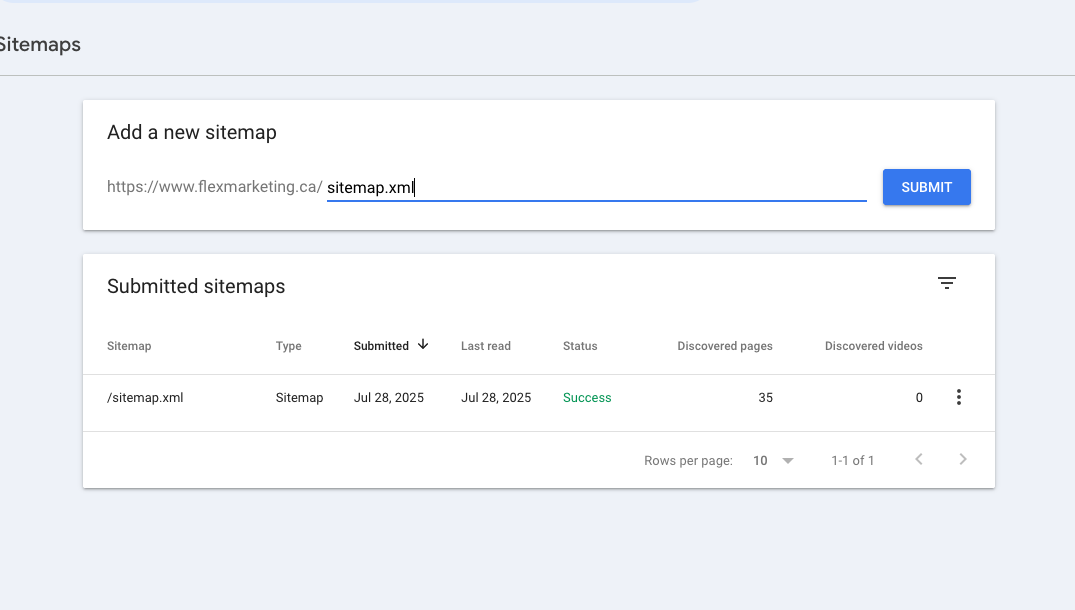
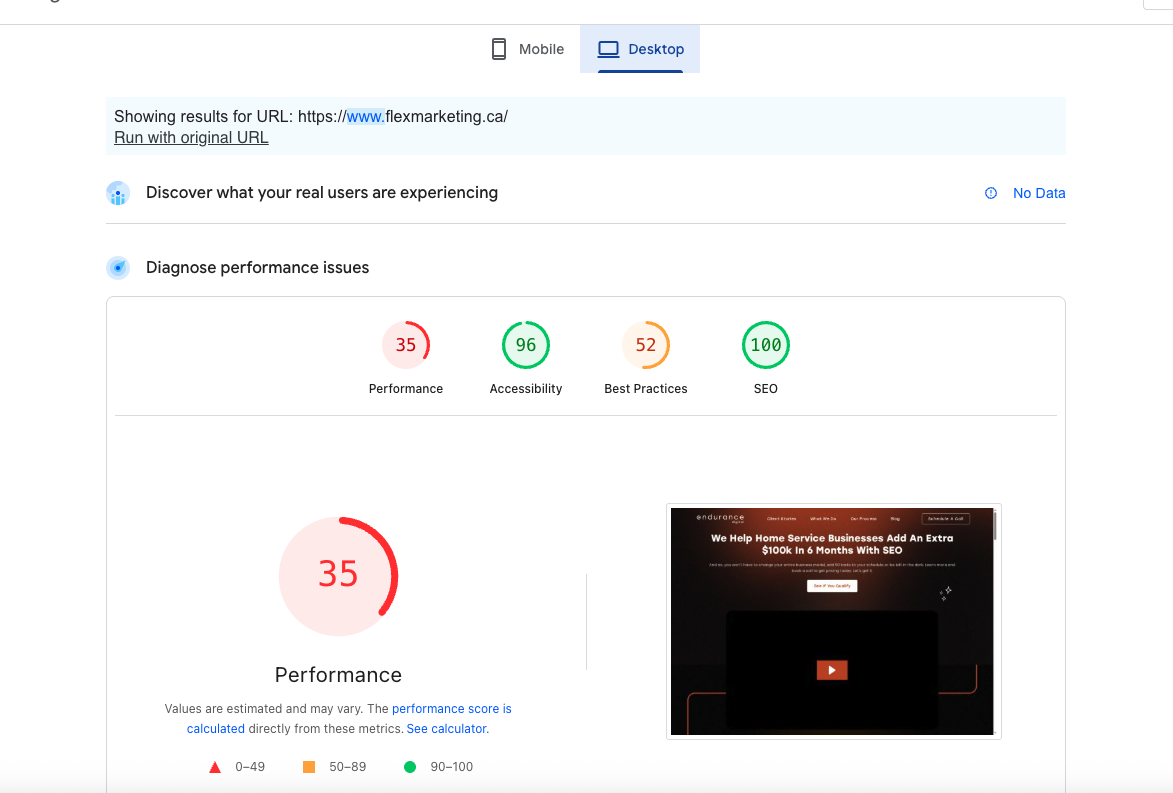
A page that ranks doesn’t always mean a page that sells.
Most service business websites have long, unstructured, SEO-heavy pages that overwhelm visitors.
Here’s how to fix that:
Each landing page should have:
You want someone to be able to scan your page in 30 seconds and know exactly:
SEO won’t get you leads, this will. - YouTube
Blogs aren’t just for writing. They’re for attracting high-intent, low-competition searches.
You should aim to post:
Blogs that work:
Blogs that don't work:
Your blogs should answer the most common questions your customers have
The goal of blogs is getting more traffic to your website and building your domain authority - not getting leads
Pro tip: write down every question your customers ask you. Take the most common questions and write a full blog answering those questions. That is the easiest and best content ideation strategy.
When Google sees users moving through your website, it sees your content as more valuable.
Every blog post should link to at least:
Each service page should link back to your homepage or contact form.
These are internal links:

This is an internal link:
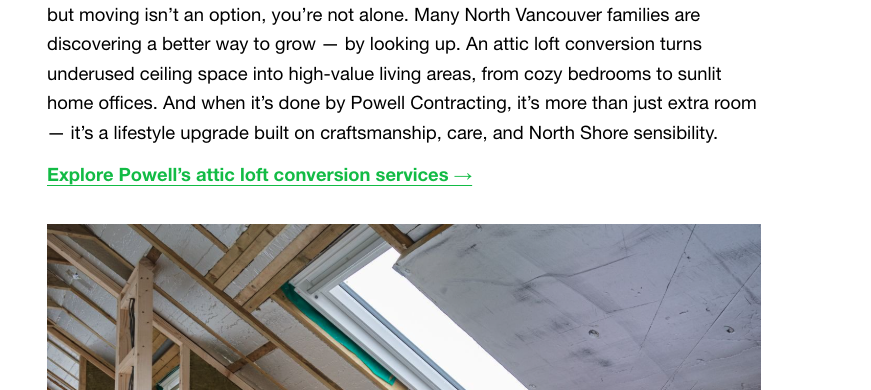
Don’t just hope your SEO is working. Track it.
Use:
Track monthly:
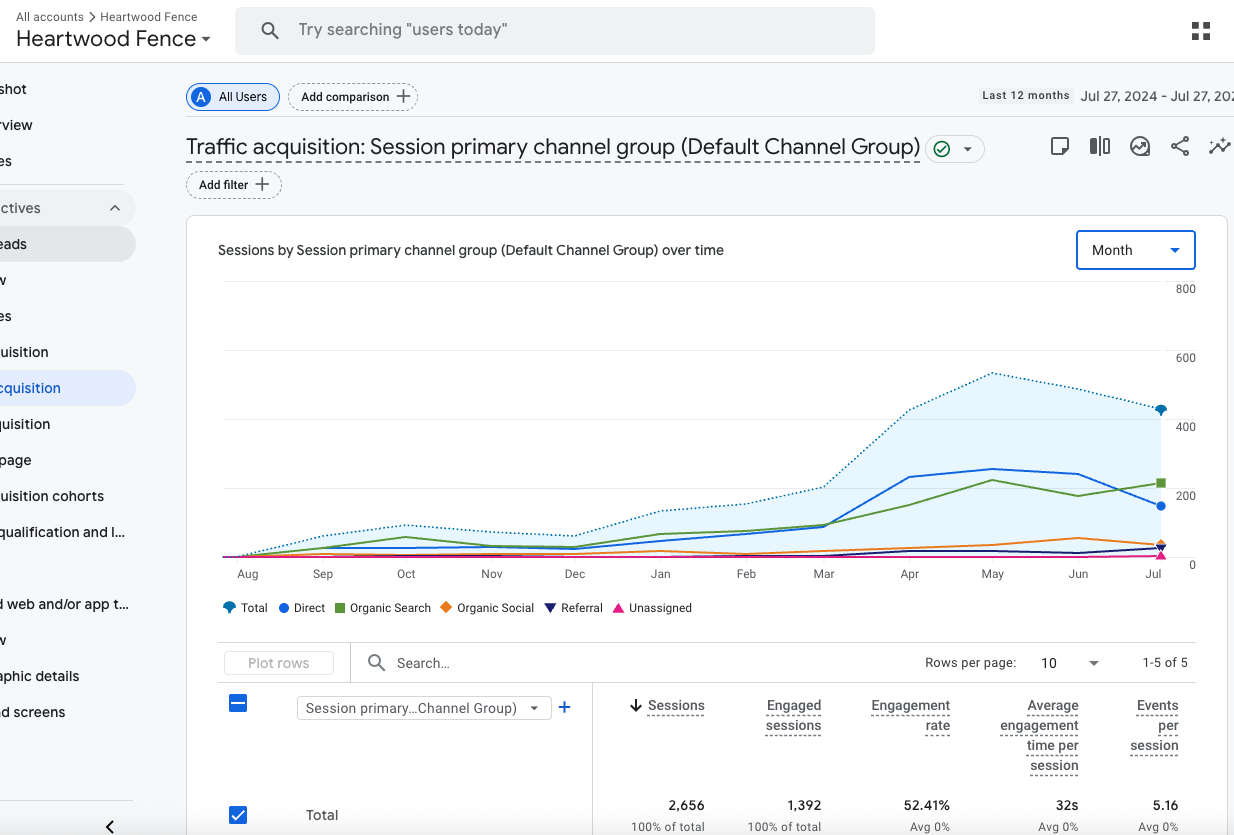
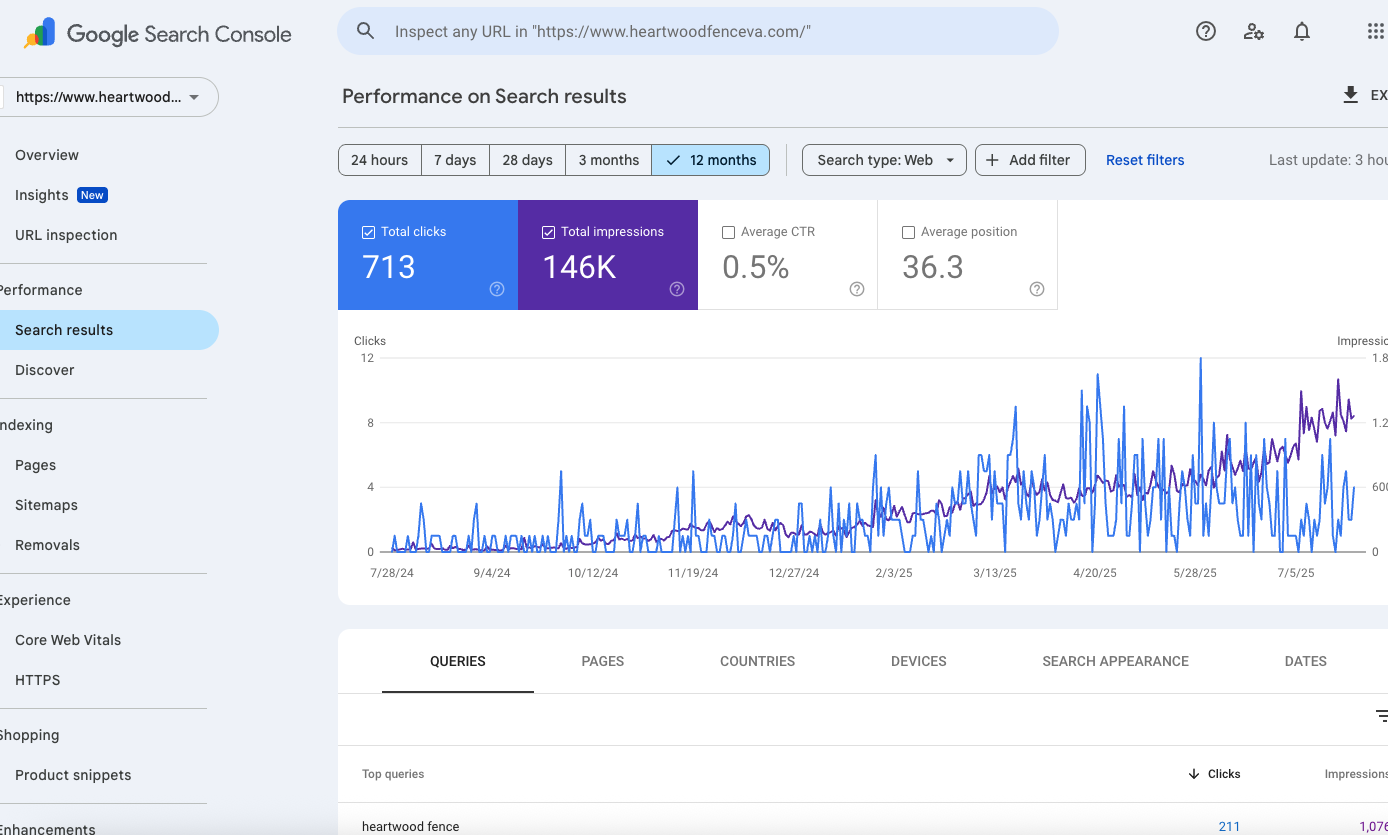

Ranking doesn’t happen overnight.
But if you’re creating blog content weekly, building out your landing pages, improving your layout, and doing this consistently, your site traffic will compound.
Most service businesses quit after one or two weeks of SEO work.
The ones who stay consistent for 3 to 6 months build a real lead engine.
This exact strategy is what we implement for clients every day.
If you want a predictable flow of high-intent leads coming from Google every single month — without paying for ads — we’ll build the system for you.
Visit our site or click the link below to book a free call.
Insert: CTA section with contact form or calendar booking
Insert: logo and footer